Absolon, DE, Jackson, VLN, Monier, A, Smith, AG and Helliwell, KE 2025 Metagenomics of the MAST-3 stramenopile, Incisomonas, and its associated microbiome reveals unexpected metabolic attributes and extensive nutrient dependencies. bioRxiv. 10.1101/2025.02.28.640650
Full text not available from this repository.Abstract/Summary
Protists are polyphyletic singled-celled eukaryotes that underpin global ecosystem functioning, particularly in the oceans. Most remain uncultured, limiting investigation of their physiology and cell biology. MArine STramenopiles (MASTs) are heterotrophic protists that, although related to well-characterised photosynthetic diatoms and parasitic oomycetes, are poorly studied. The Nanomonadea (MAST-3) species Incisomonas marina has been maintained in co-culture with a bacterial consortium, offering opportunities to investigate the metabolic attributes and nutritional dependencies of the community. Employing a metagenomics approach, the 68 Mbp haploid genome of I. marina was retrieved to an estimated completeness of 93%, representing the most complete MAST genome so far. We also characterised the diversity of, and assembled genomes for, 23 co-cultured bacteria. Auxotrophy of I. marina for B vitamins (B1, B2, B6, B7 and B12), but not vitamins C, B3, B5 and B9 was predicted. Several bacteria also lacked complete B-vitamin biosynthesis pathways, suggesting that vitamins and/or their precursors are exchanged in the consortium. Moreover, I. marina lacked the ability to synthesise half the protein amino acids, although genes encoding the complete urea cycle were identified, like diatoms; this may play a role in recycling organic nitrogen compounds. Unexpectedly, we also identified the gene DSYB for dimethylsulphoniopropionate (DMSP) biosynthesis. Biosynthesis of this important stress-protectant and bacterial chemoattractant is typically found in photosynthetic eukaryotes and has not before been identified in heterotrophic stramenopiles. Together, our study reveals the metabolic attributes of a hitherto understudied organism, advancing knowledge of the evolution and adaptations of the stramenopiles and informing future culturing efforts
| Item Type: | Publication - Article |
|---|---|
| Additional Keywords: | protists, marine stramenopile, Incisomonas marina, metagenomics |
| Subjects: | Marine Sciences |
| Divisions: | Marine Biological Association of the UK > Marine Microbiome |
| Depositing User: | Ms Kristina Hixon |
| Date made live: | 28 Mar 2025 09:31 |
| Last Modified: | 28 Mar 2025 09:31 |
| URI: | https://plymsea.ac.uk/id/eprint/10391 |
Actions (login required)
 |
View Item |


 Lists
Lists Lists
Lists